
¿Cómo podrías ayudar a un animalito perdido a encontrar a sus padres?
Parent & Offspring Traits
4.9
(4147 reviews)
Scroll for prep

Please wait…
This video is having trouble loading. You may have lost your Internet connection.
Step 1: Click to Reload this page
Step 2: Click to
Try our other video player
Step 3: Contact your teacher if trouble persists.
Or,
dismiss this message.
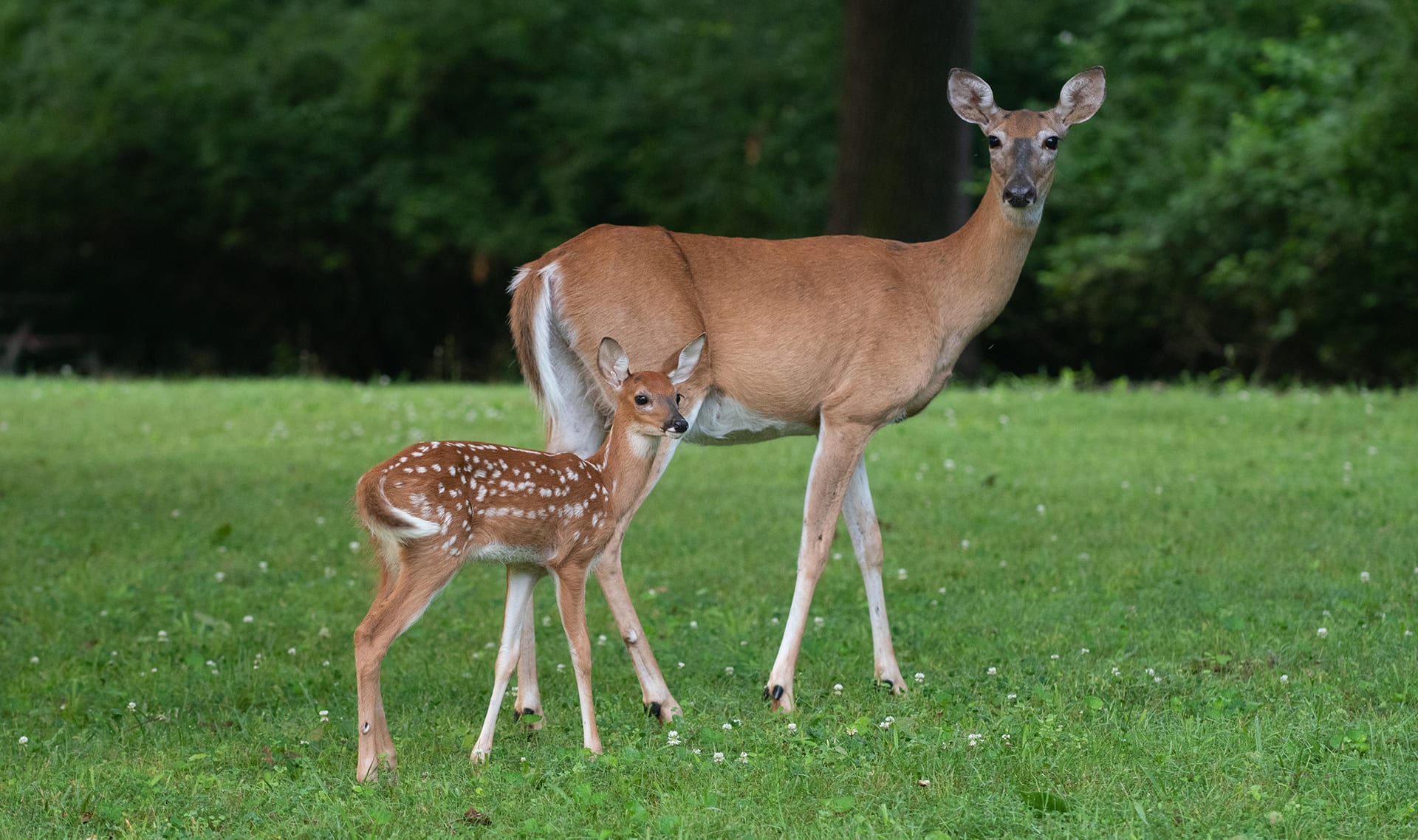
Conversemos:
¿Qué cosas en común tienen la mamá y su bebé?
¿Cómo son diferentes?
¿Qué cosas en común tienen la mamá y su bebé?
¿Cómo son diferentes?

Please wait…
This video is having trouble loading. You may have lost your Internet connection.
Step 1: Click to Reload this page
Step 2: Click to
Try our other video player
Step 3: Contact your teacher if trouble persists.
Or,
dismiss this message.
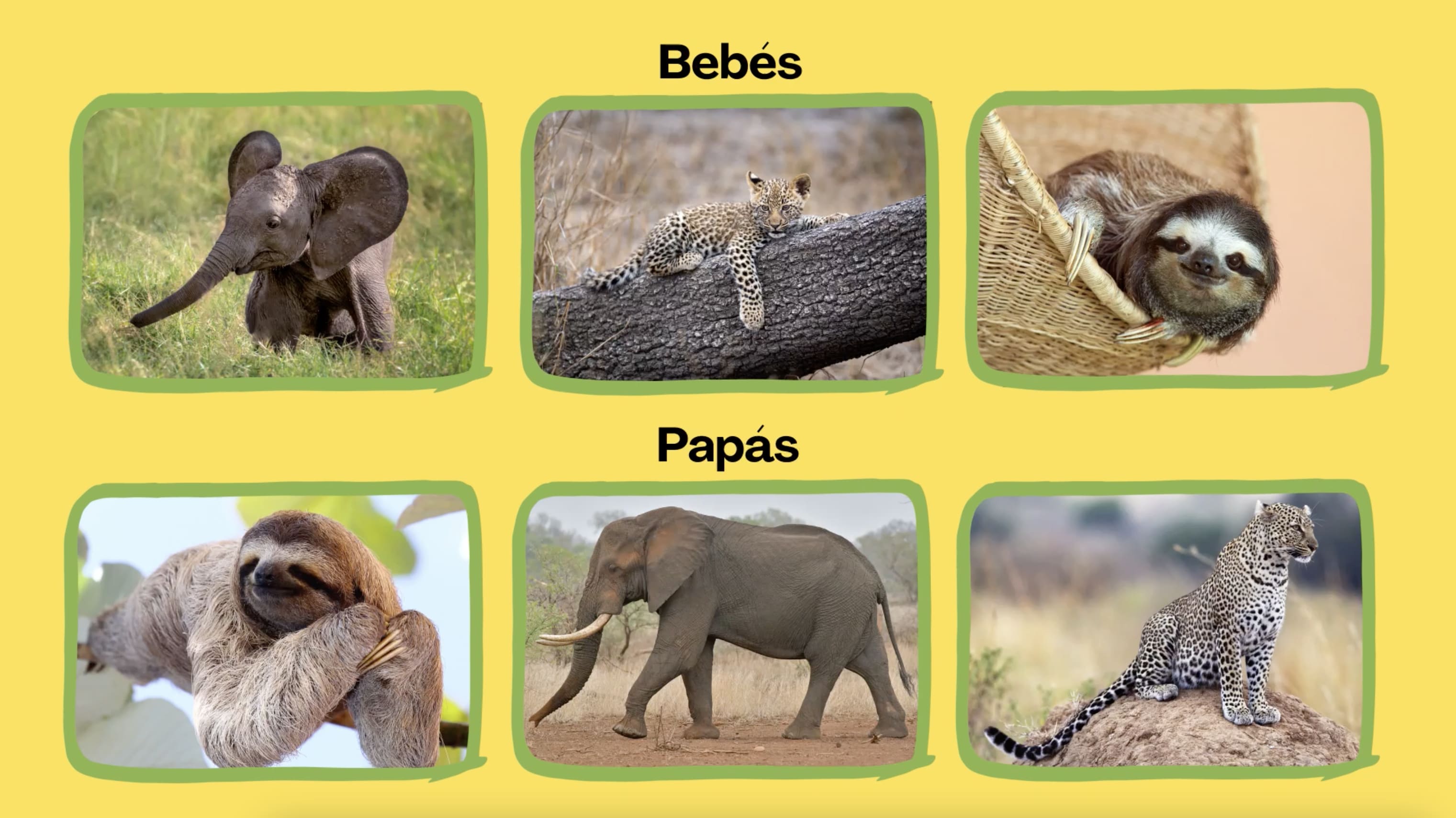
Conversemos:
¿Qué bebé va con cada padre?
¿Qué te ayudó a decidir cómo emparejarlos?
¿Qué bebé va con cada padre?
¿Qué te ayudó a decidir cómo emparejarlos?

Please wait…
This video is having trouble loading. You may have lost your Internet connection.
Step 1: Click to Reload this page
Step 2: Click to
Try our other video player
Step 3: Contact your teacher if trouble persists.
Or,
dismiss this message.
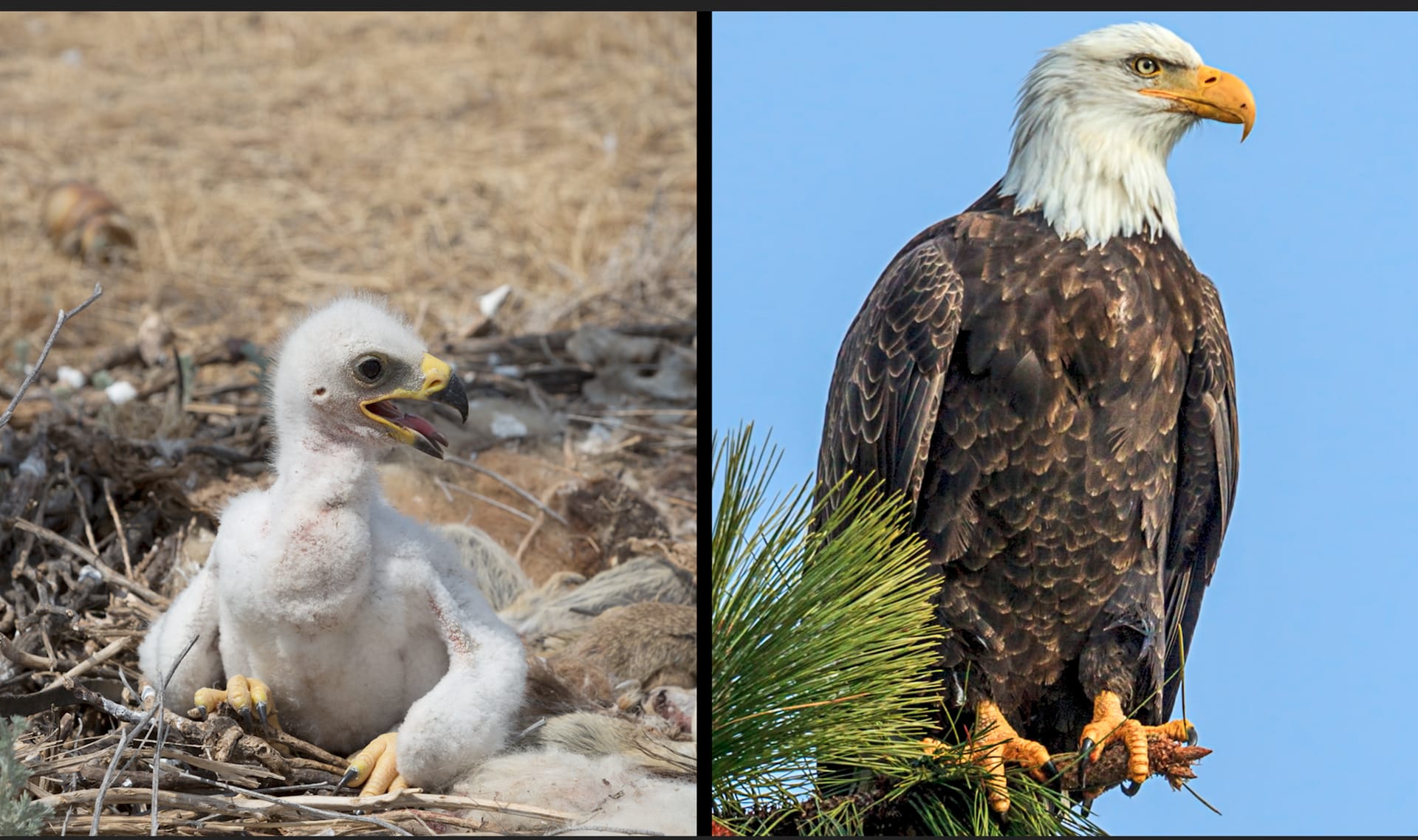
Mira este águila bebé y este águila adulta. Conversemos:
¿Qué rasgos se quedan IGUALES?
¿Qué rasgos CAMBIAN?
¿Qué rasgos se quedan IGUALES?
¿Qué rasgos CAMBIAN?

Please wait…
This video is having trouble loading. You may have lost your Internet connection.
Step 1: Click to Reload this page
Step 2: Click to
Try our other video player
Step 3: Contact your teacher if trouble persists.
Or,
dismiss this message.
CONVERSEMOS:
Los rasgos de muchos pajaritos cambian cuando crecen.
Entonces, ¿cómo podrías saber qué pájaro bebé le pertenece a qué pájaro adulto?

Please wait…
This video is having trouble loading. You may have lost your Internet connection.
Step 1: Click to Reload this page
Step 2: Click to
Try our other video player
Step 3: Contact your teacher if trouble persists.
Or,
dismiss this message.

Please wait…
This video is having trouble loading. You may have lost your Internet connection.
Step 1: Click to Reload this page
Step 2: Click to
Try our other video player
Step 3: Contact your teacher if trouble persists.
Or,
dismiss this message.
Paso
01/14
01/14
Encuentra un compañero o una compañera con quien trabajar.

Please wait…
This video is having trouble loading. You may have lost your Internet connection.
Step 1: Click to Reload this page
Step 2: Click to
Try our other video player
Step 3: Contact your teacher if trouble persists.
Or,
dismiss this message.
Paso
02/14
02/14
Hagamos un ejemplo juntos y juntas.
Conversemos.
Conversemos.

Please wait…
This video is having trouble loading. You may have lost your Internet connection.
Step 1: Click to Reload this page
Step 2: Click to
Try our other video player
Step 3: Contact your teacher if trouble persists.
Or,
dismiss this message.
Paso
03/14
03/14
Esto fue lo que nosotros notamos.

Please wait…
This video is having trouble loading. You may have lost your Internet connection.
Step 1: Click to Reload this page
Step 2: Click to
Try our other video player
Step 3: Contact your teacher if trouble persists.
Or,
dismiss this message.
Paso
04/14
04/14
Obtén tus materiales.

Please wait…
This video is having trouble loading. You may have lost your Internet connection.
Step 1: Click to Reload this page
Step 2: Click to
Try our other video player
Step 3: Contact your teacher if trouble persists.
Or,
dismiss this message.
Paso
05/14
05/14
Reto #1: Abre el sobre “A”.

Please wait…
This video is having trouble loading. You may have lost your Internet connection.
Step 1: Click to Reload this page
Step 2: Click to
Try our other video player
Step 3: Contact your teacher if trouble persists.
Or,
dismiss this message.
Paso
06/14
06/14
Estos tres pájaros adultos también viven en el bosque. Platica con tu
compañera o compañero sobre cuál de estos tres pájaros crees que
pueda ser el papá del pajarito que Brenda encontró.
compañera o compañero sobre cuál de estos tres pájaros crees que
pueda ser el papá del pajarito que Brenda encontró.

Please wait…
This video is having trouble loading. You may have lost your Internet connection.
Step 1: Click to Reload this page
Step 2: Click to
Try our other video player
Step 3: Contact your teacher if trouble persists.
Or,
dismiss this message.
Paso
07a/14
07a/14
Encierra en un círculo todos los rasgos del pajarito que te ayudaron a
decidir qué pájaro adulto podría ser su padre.
decidir qué pájaro adulto podría ser su padre.

Please wait…
This video is having trouble loading. You may have lost your Internet connection.
Step 1: Click to Reload this page
Step 2: Click to
Try our other video player
Step 3: Contact your teacher if trouble persists.
Or,
dismiss this message.
Paso
07b/14
07b/14
Esto fue lo que nosotros notamos.

Please wait…
This video is having trouble loading. You may have lost your Internet connection.
Step 1: Click to Reload this page
Step 2: Click to
Try our other video player
Step 3: Contact your teacher if trouble persists.
Or,
dismiss this message.
Paso
08/14
08/14
Reto #2: Abre el sobre B.

Please wait…
This video is having trouble loading. You may have lost your Internet connection.
Step 1: Click to Reload this page
Step 2: Click to
Try our other video player
Step 3: Contact your teacher if trouble persists.
Or,
dismiss this message.
Paso
09/14
09/14
Estos son tres pájaros adultos que también viven cerca del lago.
Platica con tu compañero o compañera sobre cuál de estos pájaros
crees quepueda ser el papá del pajarito que encontró Brenda.
Platica con tu compañero o compañera sobre cuál de estos pájaros
crees quepueda ser el papá del pajarito que encontró Brenda.

Please wait…
This video is having trouble loading. You may have lost your Internet connection.
Step 1: Click to Reload this page
Step 2: Click to
Try our other video player
Step 3: Contact your teacher if trouble persists.
Or,
dismiss this message.
Paso
10a/14
10a/14
Encierra en un círculo los rasgos del pajarito que te ayudaron a
decidir cuál pájaro adulto probablemente era su papá.
decidir cuál pájaro adulto probablemente era su papá.

Please wait…
This video is having trouble loading. You may have lost your Internet connection.
Step 1: Click to Reload this page
Step 2: Click to
Try our other video player
Step 3: Contact your teacher if trouble persists.
Or,
dismiss this message.
Paso
10b/14
10b/14
Esto fue lo que nosotros notamos.

Please wait…
This video is having trouble loading. You may have lost your Internet connection.
Step 1: Click to Reload this page
Step 2: Click to
Try our other video player
Step 3: Contact your teacher if trouble persists.
Or,
dismiss this message.
Paso
11/14
11/14
Reto #3: Abre el sobre C.

Please wait…
This video is having trouble loading. You may have lost your Internet connection.
Step 1: Click to Reload this page
Step 2: Click to
Try our other video player
Step 3: Contact your teacher if trouble persists.
Or,
dismiss this message.
Paso
12/14
12/14
Estos son tres pájaros adultos que también viven en el pueblo.
Platica con tu compañera o compañero sobre cuál de estos pájaros
crees que sea el papá del pajarito bebé que encontró Brenda.
Platica con tu compañera o compañero sobre cuál de estos pájaros
crees que sea el papá del pajarito bebé que encontró Brenda.

Please wait…
This video is having trouble loading. You may have lost your Internet connection.
Step 1: Click to Reload this page
Step 2: Click to
Try our other video player
Step 3: Contact your teacher if trouble persists.
Or,
dismiss this message.
Paso
13a/14
13a/14
Encierra en un círculo los rasgos del pajarito que te ayudaron a
decidir cuál de los pájaros adultos probablemente era su papá.
decidir cuál de los pájaros adultos probablemente era su papá.

Please wait…
This video is having trouble loading. You may have lost your Internet connection.
Step 1: Click to Reload this page
Step 2: Click to
Try our other video player
Step 3: Contact your teacher if trouble persists.
Or,
dismiss this message.
Paso
13b/14
13b/14
Esto fue lo que nosotros notamos.

Please wait…
This video is having trouble loading. You may have lost your Internet connection.
Step 1: Click to Reload this page
Step 2: Click to
Try our other video player
Step 3: Contact your teacher if trouble persists.
Or,
dismiss this message.
Paso
14/14
14/14
Conversemos:

Please wait…
This video is having trouble loading. You may have lost your Internet connection.
Step 1: Click to Reload this page
Step 2: Click to
Try our other video player
Step 3: Contact your teacher if trouble persists.
Or,
dismiss this message.

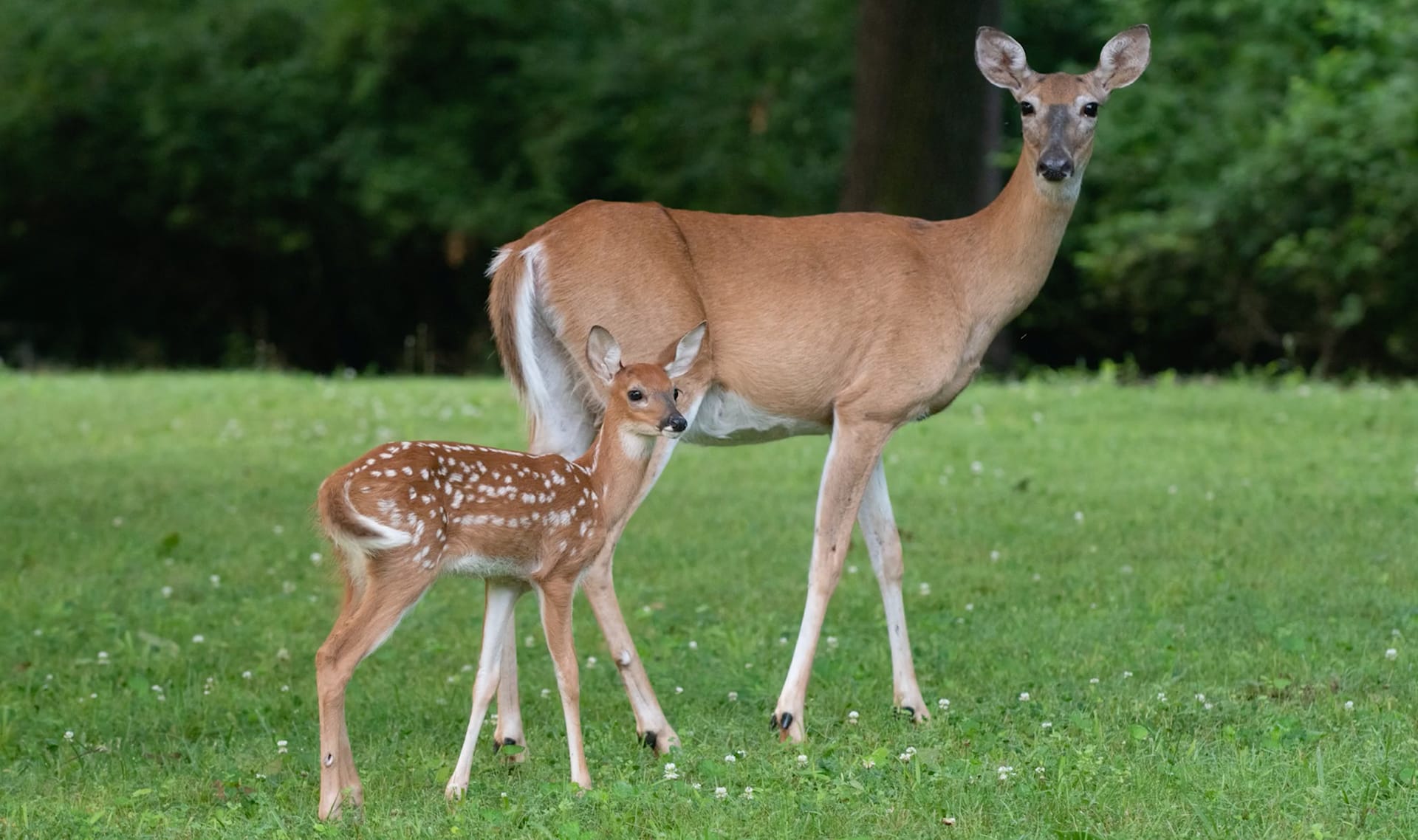
animal
1 de 7
un ser viviente que tiene que comerse a otros seres vivos para sobrevivir
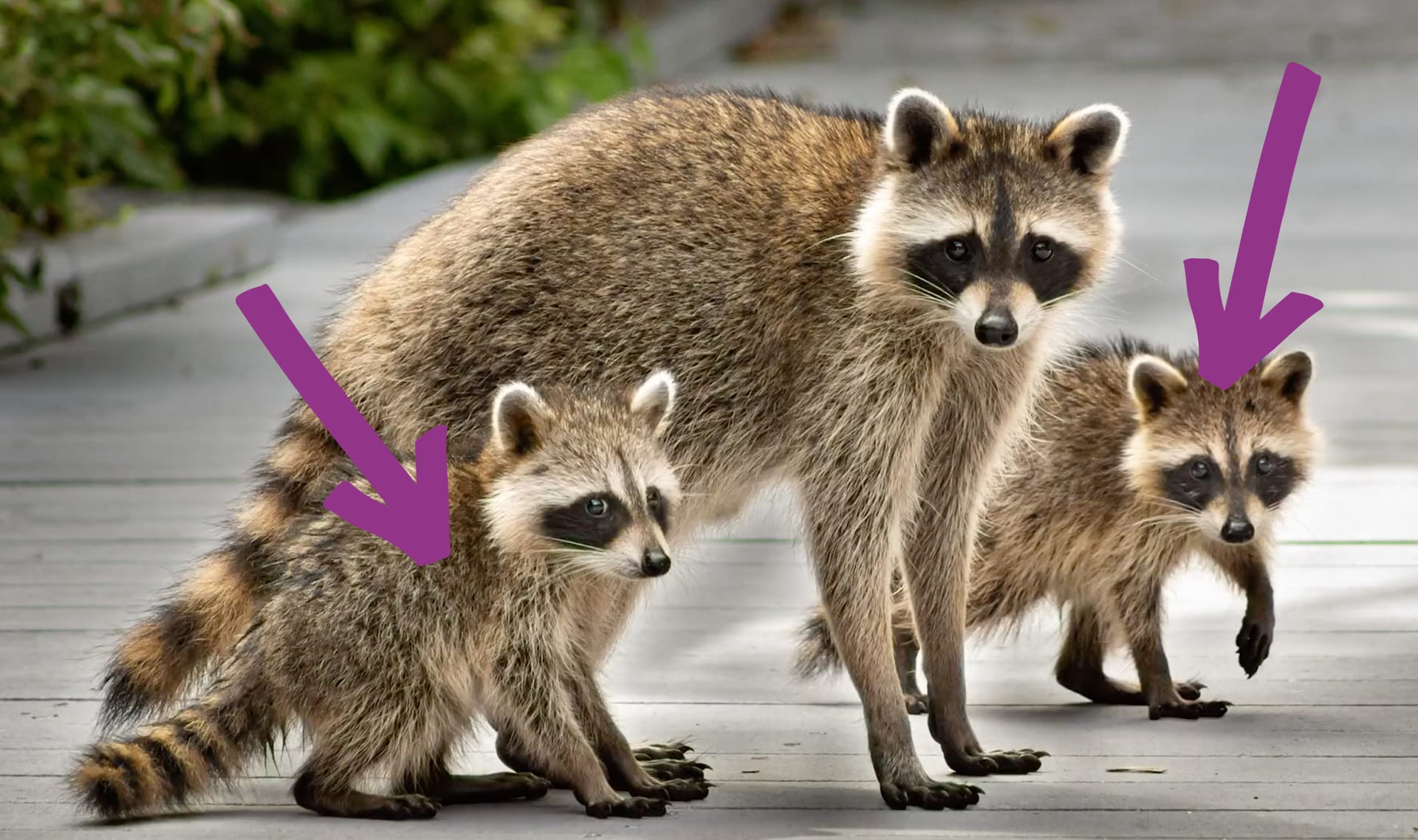
crías
2 de 7
bebés

vida silvestre
3 de 7
los animales y las plantas que existen en la naturaleza

característica
4 de 7
algo que puedes observar acerca de un ser viviente, por ejemplo, el pico puntiagudo de un pájaro
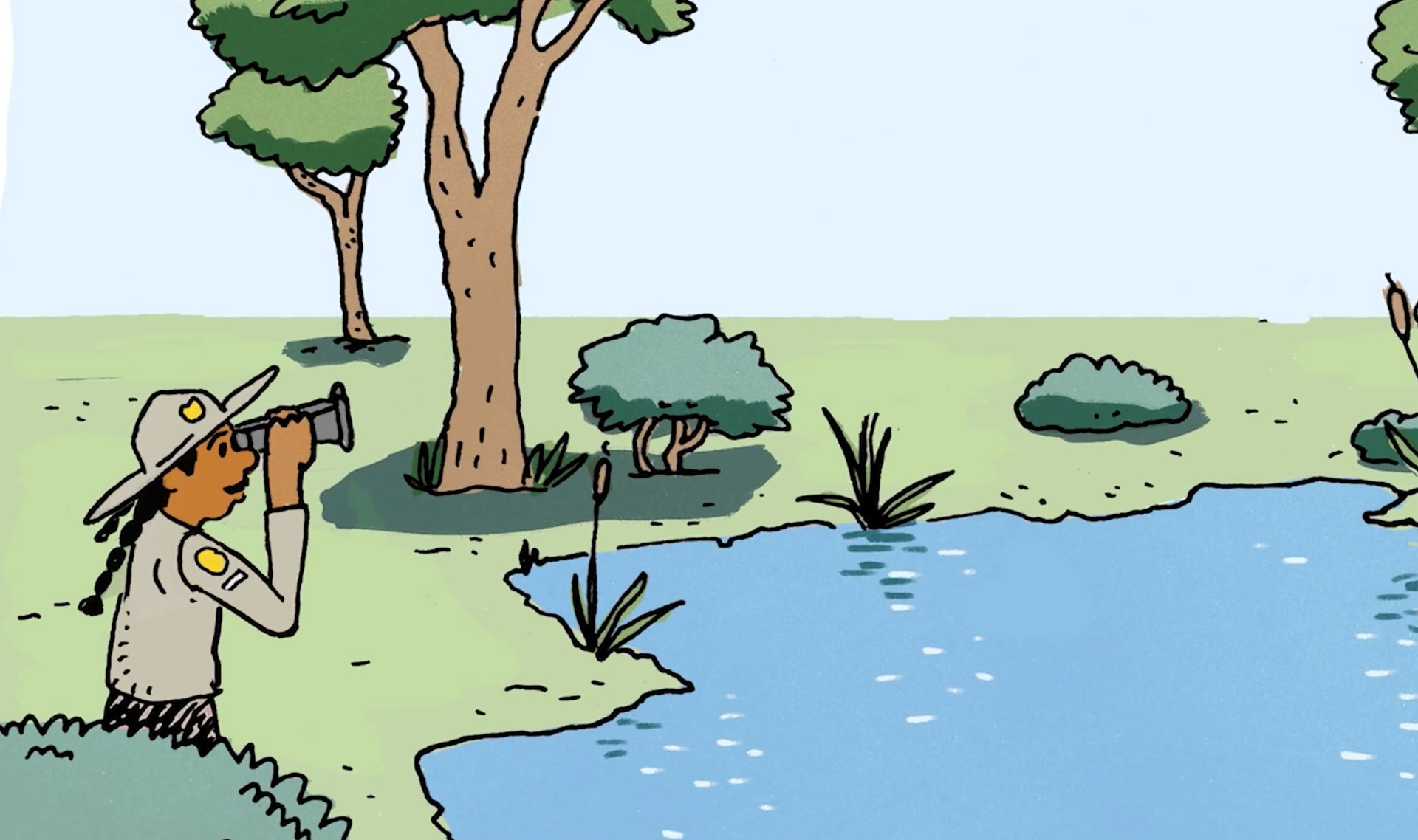
observar
5 de 7
ponerle mucha atención a algo
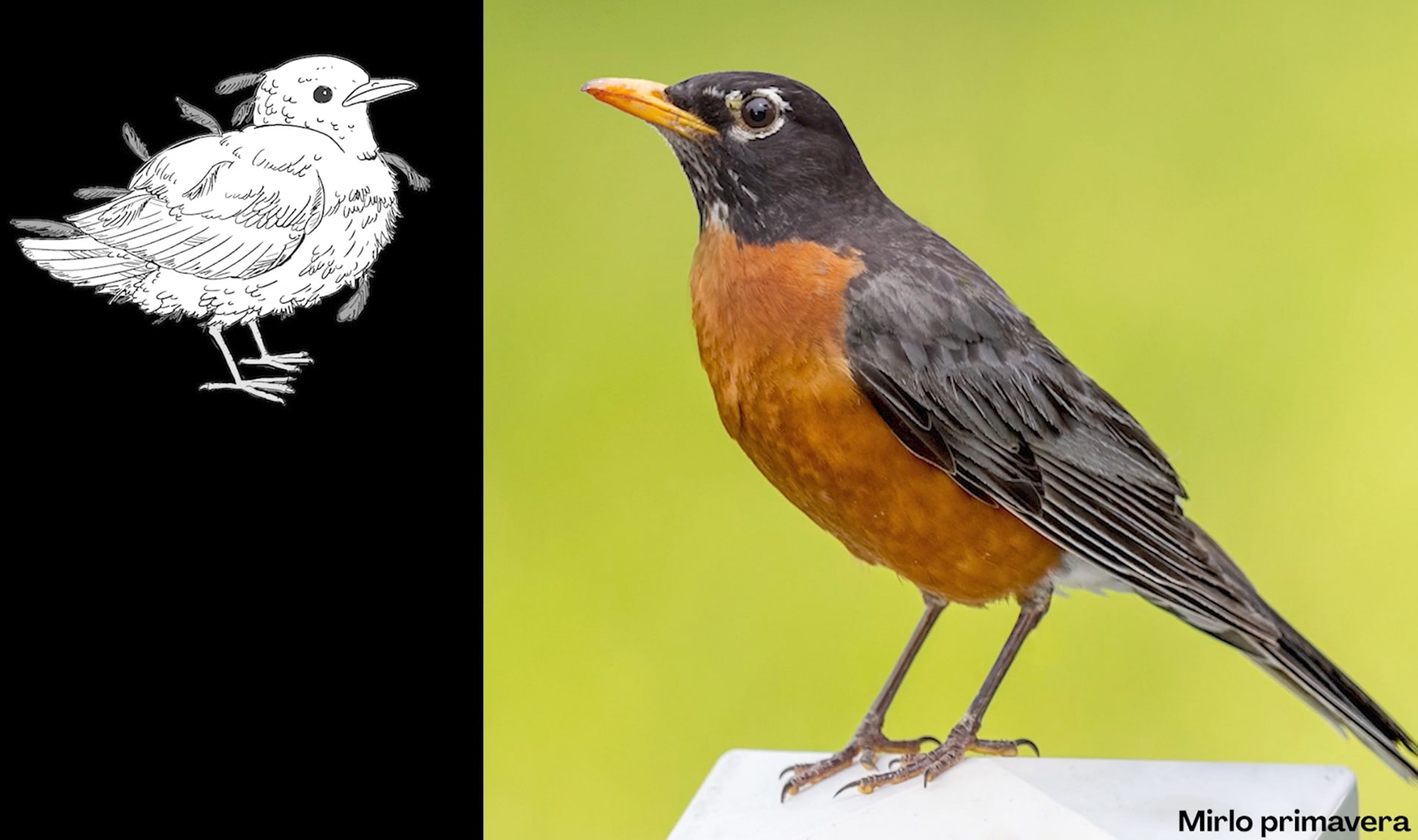
identificar
6 de 7
averiguar lo que algo es o quién es
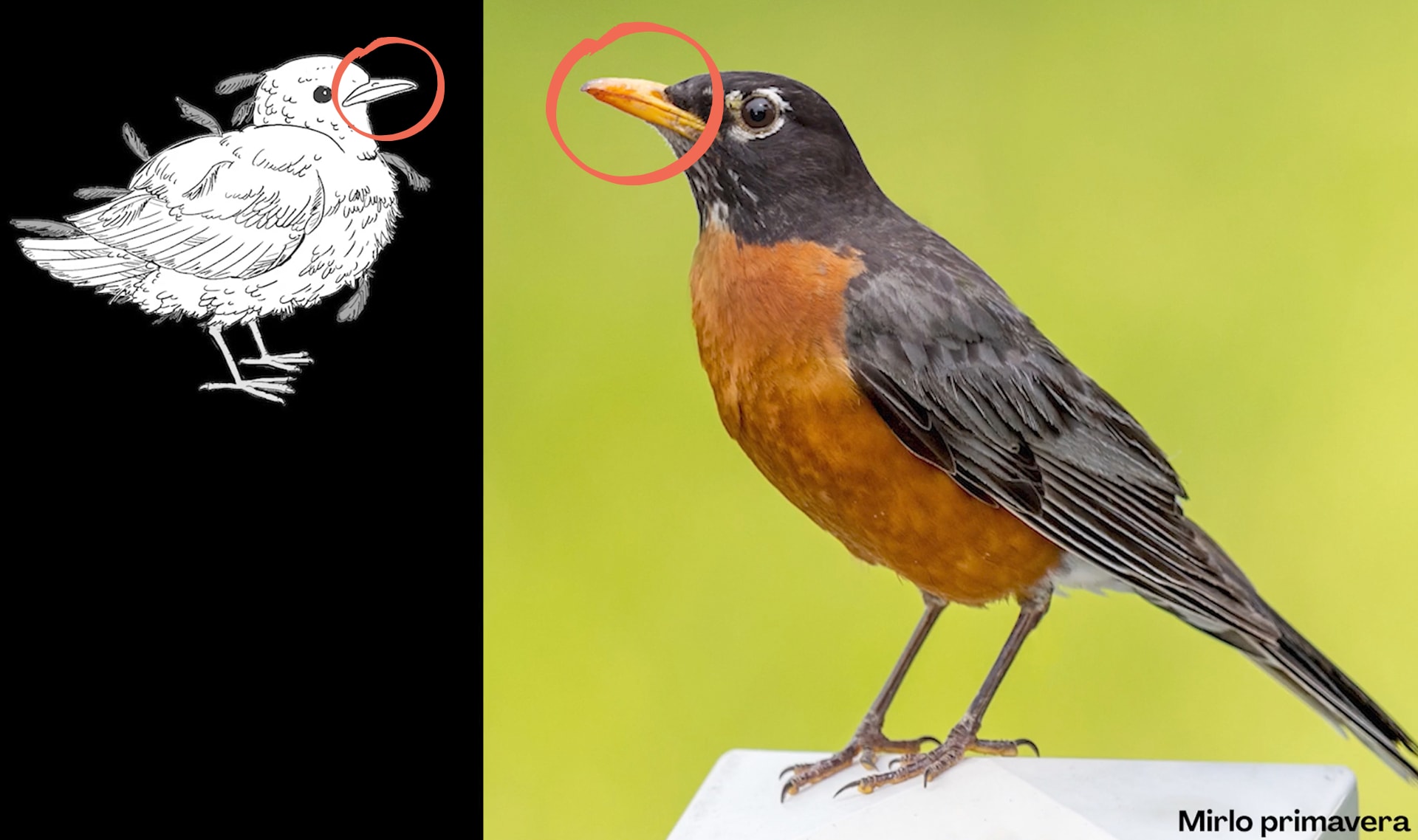
evidencia
7 de 7
información que puede ser usada para respaldar o rechazar una idea


